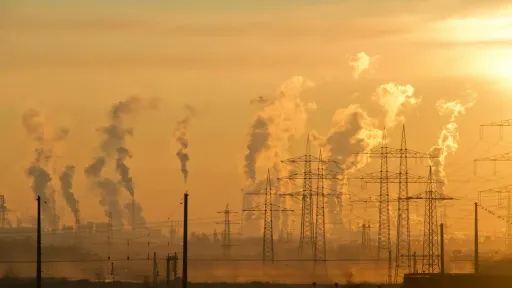
Abstract
Air quality is of growing importance in urban cities across the world. As urban populations are increasing, the quality of life [air, water, health, transport …] experienced by those living in these areas is of great concern. The urban population in 2014 accounted for 54% of the total global population. This is mainly concentrated in the less developed regions of the world. It is estimated that by 2017, a majority of people will be living in urban areas. The current [2017] population of Kampala city is 1.5m. Data on air quality in and around Kampala is either lacking or not readily available for use by residents and stakeholders such as the city local authorities. This study aims to collect, curate visualize and disseminate air quality data in and around Kampala.
Background
Cities and cleanliness of cities is key to sustainable growth. Air quality is one measure of how safe a city could be. With growing industrialization and population, air quality monitoring is important. Pollution of water and sir systems ought to be monitored in growing cities.
According to WHO, only 12% of the people living in cities reporting on air quality reside in cities where this complies with WHO air quality guideline levels. About half of the urban population being monitored is exposed to air pollution that is at least 2.5 times higher than the levels WHO recommends - putting those people at additional risk of serious, long-term health problems.
“We cannot buy clean air in a bottle, but cities can adopt measures that will clean the air and save the lives of their people,” said Dr Carlos Dora, Coordinator, Interventions for Healthy Environments, WHO Department of Public Health, Environmental and Social Determinants of Health.
In April 2014, WHO issued new information estimating that outdoor air pollution was responsible for the deaths of some 3.7 million people under the age of 60 in 2012. The Organization also emphasized that indoor and outdoor air pollution combined are among the largest risks to health worldwide.
As urban air quality declines, the risk of stroke, heart disease, lung cancer, and chronic and acute respiratory diseases, including asthma, increases for the people who live cities.
Objective
The purpose of this study is to provide air quality data in and around areas of Kampala. This data will be visualized, geocoded and time stamped to afford clear communication of the air quality levels in Kampala.
Methodology
There are many components of air pollution, both gaseous and solid. But high concentrations of small and fine particulate pollution is particularly associated with high numbers of deaths from respiratory illnesses.
Measurement of fine particulate matter of 2.5 micrometers or less in diameter (PM2.5) is considered to be the best indicator of the level of health risks from air pollution.
Data collection:
For this study, three types of data will be collected;
- Ambient air pollution data.
- The plan so far is to make use of the current boda-boda [passenger motorcycles] in town that will carry aeroqual portable sensors around the city. As the motorists go about their days work, the aeroqual equipment will periodically capture air quality data.[1]
- Geo-referenced record of points/areas that the pollution data is captured.
- GPS Data will also be captured to help create location aware incidence maps of air quality measure, with time stamps showing intensity during day and night time.
- The cost to measure and monitor air quality in a city like Kampala.
Data Processing
Data will be cleaned and geo-coded to afford an interactive map of what the ambient air quality is in and around Kampala, with visualization on how this quality changes by the time of day.
We hope to employ some machine learning techniques to inform on air quality trends or to cater for cases of missing data.